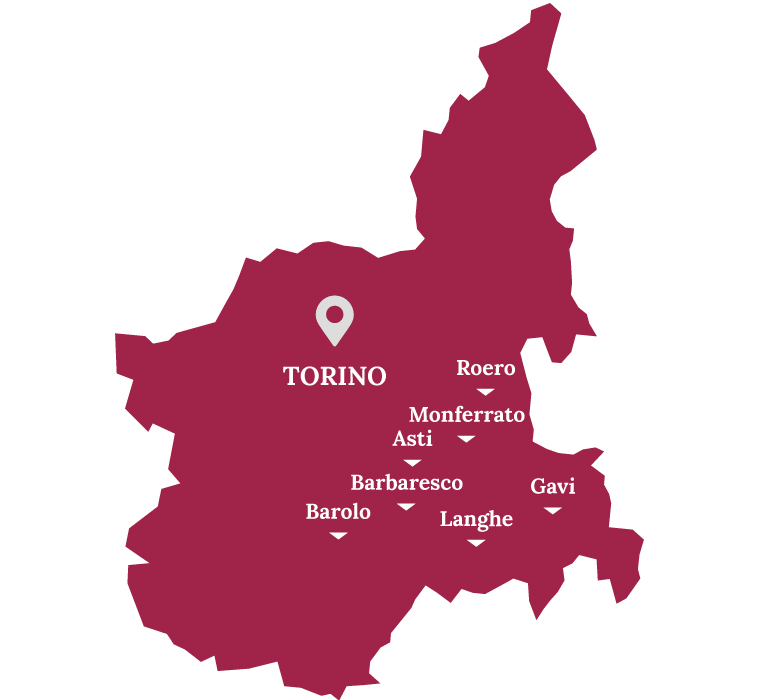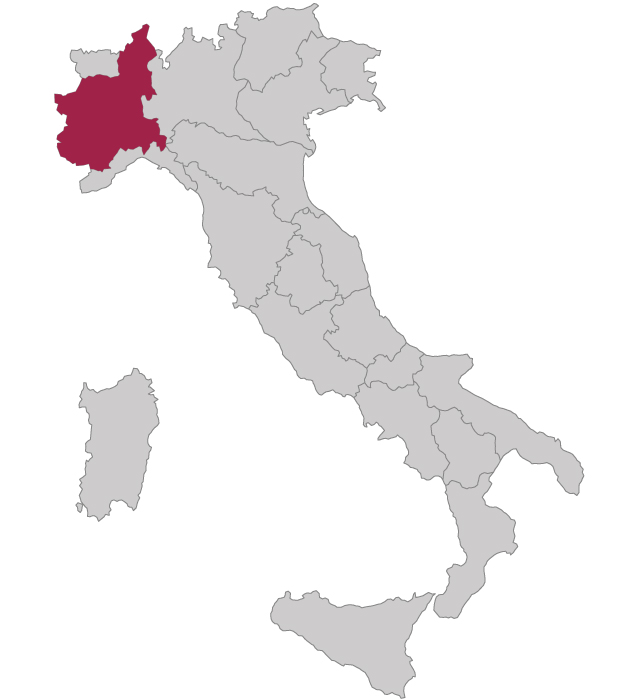The appellation takes its name from Barbaritium, an ancient wine cited by Livy in his History of Rome. As Barbaresco, it was first documented in 1799, when an Austrian general requested a bottle to celebrate an important military victory. Rich, ample and magnificent in a graceful, feminine style, Barbaresco is deeply interconnected with a tiny number of Langhe hills: as early as 1933 – well before the 1966 DOC regulations and the 1980 DOCG – the Italian authorities established its boundaries in the municipalities of Barbaresco, Neive, Treiso and part of the hamlet of San Rocco. Intense ruby red in color with subtle rose reflections that anticipate the characteristic varietal aromas, its complex bouquet is intertwined with notes of spice, delicate vanilla, red berries and earthy brushwood: a full, silky fabric enduring on the palate in lengthy, elegant intensity, sustained by sweet tannins and exquisite balance.The appellation takes its name from Barbaritium, an ancient wine cited by Livy in his History of Rome. As Barbaresco, it was first documented in 1799, when an Austrian general requested a bottle to celebrate an important military victory. Rich, ample and magnificent in a graceful, feminine style, Barbaresco is deeply interconnected with a tiny number of Langhe hills: as early as 1933 – well before the 1966 DOC regulations and the 1980 DOCG – the Italian authorities established its boundaries in the municipalities of Barbaresco, Neive, Treiso and part of the hamlet of San Rocco. Intense ruby red in color with subtle rose reflections that anticipate the characteristic varietal aromas, its complex bouquet is intertwined with notes of spice, delicate vanilla, red berries and earthy brushwood: a full, silky fabric enduring on the palate in lengthy, elegant intensity, sustained by sweet tannins and exquisite balance.
Map of the region

